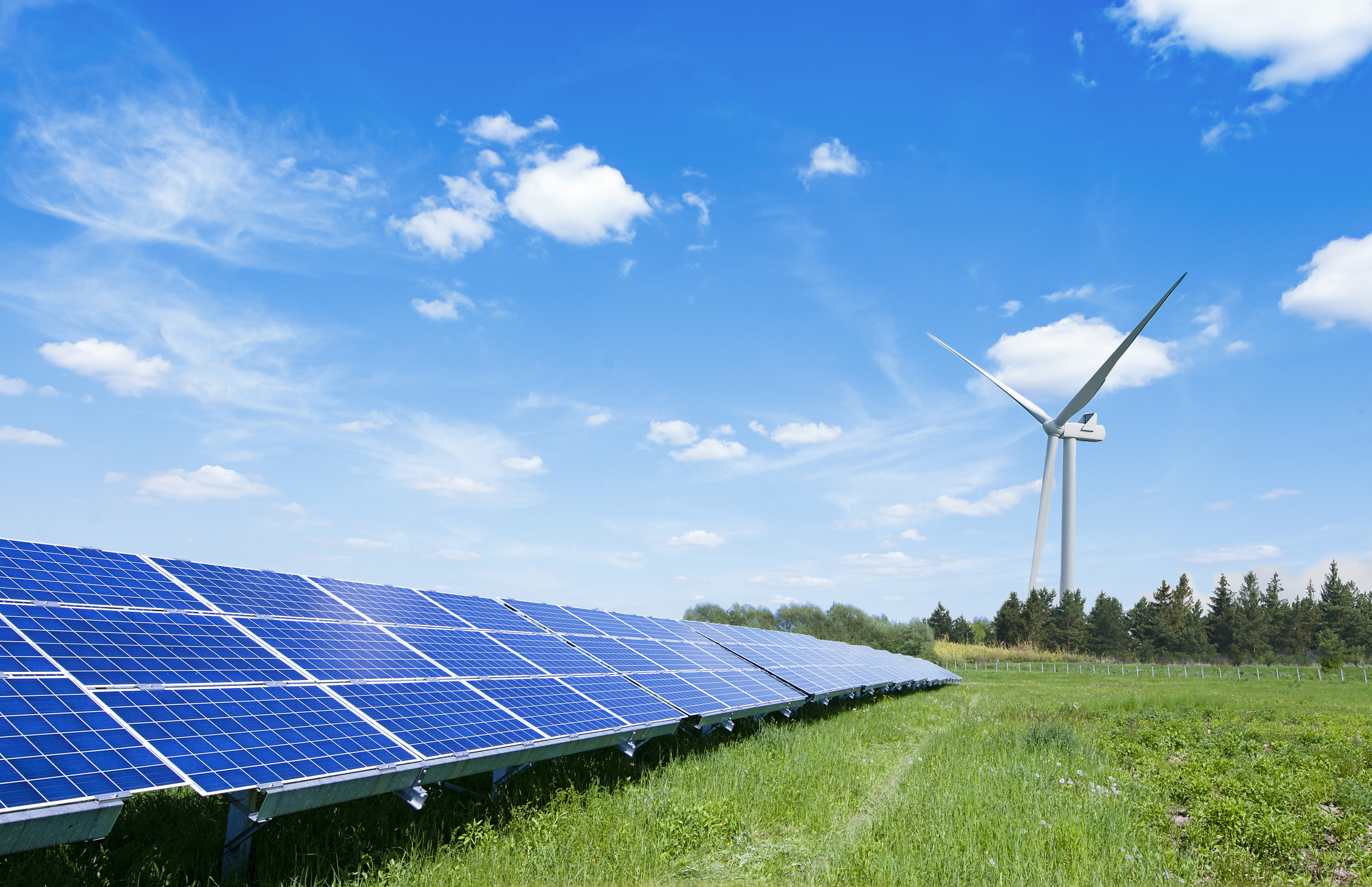
Biomass Power: A Green Energy Revolution
Biomass energy utilization is at the forefront of the green energy revolution, unlocking the potential of organic matter to generate sustainable and renewable power. This article delves into the intricacies of biomass power, exploring its sources, conversion processes, environmental benefits, and the pivotal role it plays in shaping a cleaner and more resilient energy future.
Diverse Biomass Sources: A Renewable Reservoir
The richness of biomass energy lies in its diverse sources, ranging from wood and agricultural residues to municipal solid waste and dedicated energy crops. This variety positions biomass as a renewable reservoir, offering a sustainable alternative to conventional energy sources. Harnessing organic materials, biomass becomes a versatile and accessible solution for meeting energy demands.
Conversion Processes: Transforming Biomass into Power
The journey from biomass to power involves sophisticated conversion processes. Thermal methods, such as combustion and gasification, release energy in the form of heat. Biochemical processes, including anaerobic digestion and fermentation, transform biomass into biofuels. These advanced techniques pave the way for diverse energy outputs, showcasing the adaptability of biomass in addressing energy needs.
Biopower Generation: Illuminating the Grid
A cornerstone of biomass energy utilization is biopower generation. Biomass power plants employ combustion or gasification to produce steam that drives turbines, generating electricity. This green energy source contributes to a diversified energy mix, reducing reliance on fossil fuels and lowering the carbon footprint. Biomass biopower illuminates the grid with clean and renewable electricity.
Biofuels: Driving Sustainable Transportation
Biomass extends its impact beyond electricity generation to sustainable transportation through biofuels. Ethanol and biodiesel, derived from biomass feedstocks, serve as eco-friendly alternatives to traditional fossil fuels. Biofuels play a crucial role in reducing greenhouse gas emissions, fostering sustainable mobility, and driving the transition towards a cleaner and greener transportation sector.
Biochemical Processes: Beyond Electricity Generation
Biochemical processes play a vital role in the biomass energy landscape. Anaerobic digestion, a microbial process, converts organic matter into biogas rich in methane. This biogas can be utilized for electricity generation or as a renewable natural gas. Beyond electricity, biochemical pathways lead to the production of bio-based chemicals and materials, contributing to a bioeconomy.
Environmental Benefits: A Carbon-Neutral Approach
Biomass energy utilization presents substantial environmental benefits. By utilizing organic waste materials, biomass systems contribute to waste reduction and landfill diversion. Importantly, the combustion of biomass is considered carbon-neutral, as the carbon dioxide released during combustion is part of the natural carbon cycle, offset by the carbon absorbed during biomass growth.
Carbon Sequestration and Forest Management: A Dual Role
Certain biomass sources, particularly sustainably managed forests, contribute to carbon sequestration. Trees absorb carbon dioxide during their growth, and when selectively harvested for biomass, new trees are planted, creating a continuous cycle of carbon capture. Biomass utilization thus plays a dual role in sustainable forest management and carbon sequestration.
Challenges and Considerations: Striking a Balance
While biomass energy utilization brings forth numerous advantages, it also poses challenges and considerations. Issues like land use, competition with food crops, and the potential for deforestation require careful management. Striking a balance between maximizing the benefits of biomass and avoiding ecological impact is crucial for sustainable and responsible utilization.
Policy Support and Market Dynamics: Driving Growth
The growth of biomass energy utilization is intricately linked to policy support and market dynamics. Government incentives, renewable energy targets, and carbon pricing mechanisms create an environment conducive to biomass projects. Simultaneously, market forces, technological advancements, and the cost competitiveness of biomass contribute to the growth and expansion of biomass energy solutions.
The Future of Biomass Energy: Towards Sustainability
As technology continues to advance and global commitments to sustainability strengthen, the future of biomass energy holds promise. Advances in conversion technologies, sustainable sourcing practices, and increased efficiency in biomass utilization contribute to its role in a low-carbon and resilient energy future. Biomass power stands as a testament to innovation and a key player in steering the world towards a sustainable energy landscape.
In conclusion, biomass power is ushering in a green energy revolution, demonstrating the potential of organic matter to drive a sustainable and renewable future. From electricity generation to biofuels and beyond, biomass energy utilization stands at the forefront of shaping an energy landscape that prioritizes environmental responsibility and resilience.
For more insights on Biomass Energy Utilization, visit dataharza.my.id.

